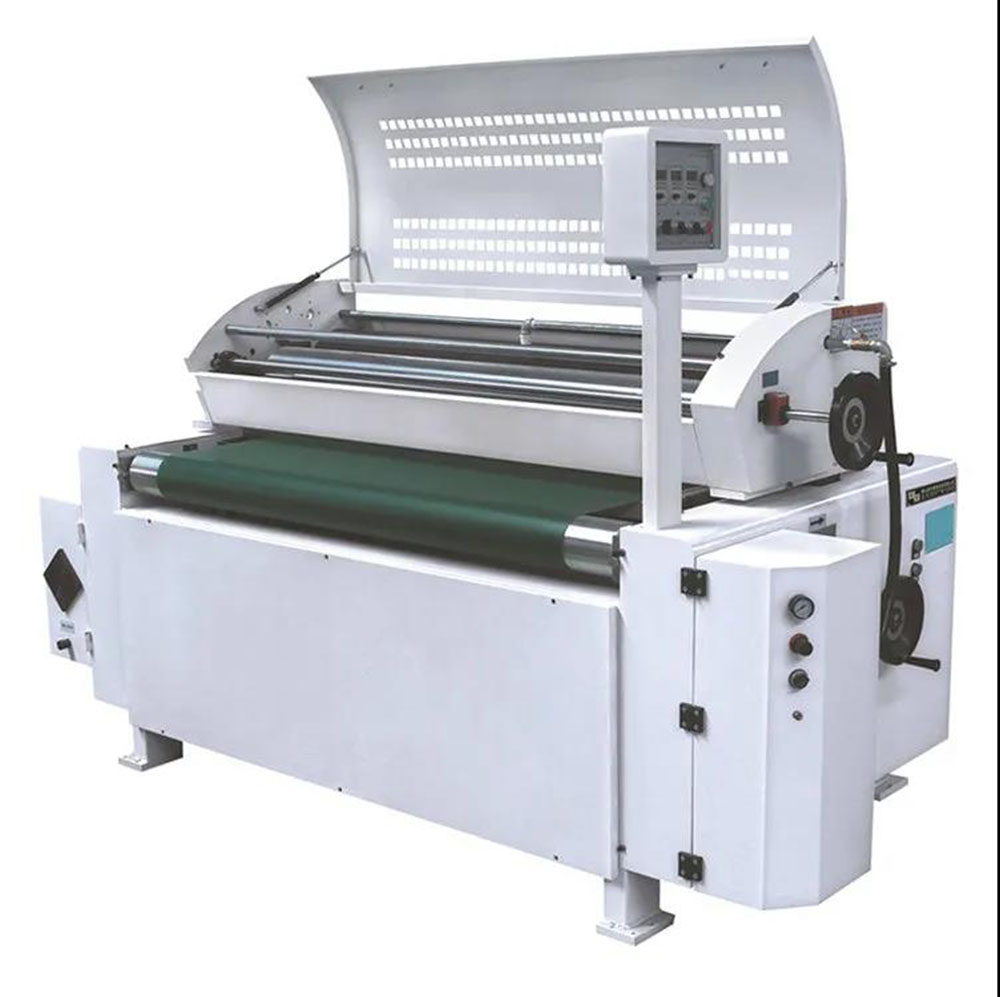Brief analysis of PTFE coating process
Dec 09, 2021A new type of filter material formed by compounding a layer of polytetrafluoroethylene (PTFE) film on the surface of the ordinary filter material is the PTFE coated filter material. The PTFE membrane acts as a "primary dust layer". The material exchange is carried out on the surface of the membrane and can be effectively filtered at the beginning of use. The unique three-dimensional network structure of the film prevents dust from passing through, and there is no risk of pore clogging. This filtering method is called "surface filtering".


At present, PTFE coating processes on the market mainly include: adhesive method and high temperature hot pressing process.
Adhesive method: This method is mainly to bond the film and the base cloth together through the adhesion of an adhesive. The process is easy to operate, and the cost of the laminating machine is low, and it is currently a widely used laminating process.

Difficulty: Polytetrafluoroethylene (PTFE) has excellent high temperature resistance, weather resistance, chemical corrosion resistance, low surface tension and other characteristics, but because PTFE contains extremely strong CF bonds and fully symmetrical CC bonds strengthened by atoms Linear macromolecules cause the surface tension of PTFE and its films to be very low, the surface is not easy to wet, and it is difficult to be compatible with other substances.
Method: The current development and research of adhesives that can directly bond low surface energy fluorine-containing materials mainly include solvent-based adhesives using organic amine complexes as initiators, hot-melt adhesives containing thermoplastic fluoropolymers, and water-based adhesives. Adhesive. Through different gluing processes, a layer of adhesive is applied to the base fabric to bond the PTFE film and the base fabric together.
Disadvantages: During the laminating process, there will be problems such as whether the base cloth is uniformly glued and the adhesive is easy to carbonize at high temperatures. Because the adhesive will block the microporous structure of the PTFE film, it will cause the air permeability of the membrane filter to decrease, and under high temperature use conditions, the adhesive will melt or even carbonize, which will further cause the membrane micropores to block and cause the filter material to fall off. Membrane affects the service life of the film-coated filter material.
High-temperature hot-pressing process: The high-temperature hot-pressing laminating process is to first subject the base cloth or PTFE film to a special surface treatment, and then under a certain pressure and temperature, the film and the base cloth are laminated together.

Advantages: Due to the high precision control of the equipment, this process can reduce the damage to the PTFE film under high temperature and heat pressure, and the air permeability and service life of the product are better than those of the film-coated filter material made by the adhesive method.
Method: In the first step of the high-temperature hot-pressing laminating process, the PTFE film must be modified or the base fabric must be specially finished to ensure the filming effect of the high-temperature hot-pressing laminating process. At present, the surface modification methods of PTFE film mainly include chemical solution modification and plasma modification; the finishing of the base cloth is mainly the surface finishing of PTFE emulsion.
Although the chemical modification method will produce a good modification effect on the surface of the PTFE film, the uniformity of the treatment effect cannot be accurately controlled during the modification process of the PTFE film, and this method requires a large amount of highly corrosive chemical solutions to be prepared. A large amount of waste liquid will inevitably be produced during the treatment process, which is not conducive to the industrial application of the film coating process.
Plasma can enhance the reaction activity of the film surface, so that the bonding between the film and the base fabric is no longer a physical bond, and it is possible to introduce a chemical bond bonding effect, which is beneficial to improve the bonding strength of the PTFE film and the coated base fabric. However, since plasma treatment has not yet been industrially applied, its processing efficiency is still at a low level, and it is not suitable for online modification of a large and wide substrate in the coating process, which limits the production efficiency of the coating process to a certain extent. .
PTFE emulsion finishing uses PTFE dispersion to prepare foamed coating agent, uses foam finishing process to treat filter material, forms a foamed coating on its surface, and then heat-presses and composites with PTFE film, and the film is coated with the filter material. The fastness is greater than that of the film-coated filter material prepared by the adhesive method, and its fastness is almost unchanged after a 16h temperature test. The film will not fall off under high temperature conditions, and the high temperature heat pressure during film coating should be much higher than the actual use temperature in the working condition.
At present, our company uses PTFE emulsion to finish the filter material, using the high-temperature hot pressing process, combined with the Japanese imported heating electromagnetic roller, and taking advantage of its uniform temperature to produce uniform air permeability, sufficient film fastness, and high temperature still not easy to fall off. Membrane filter material.